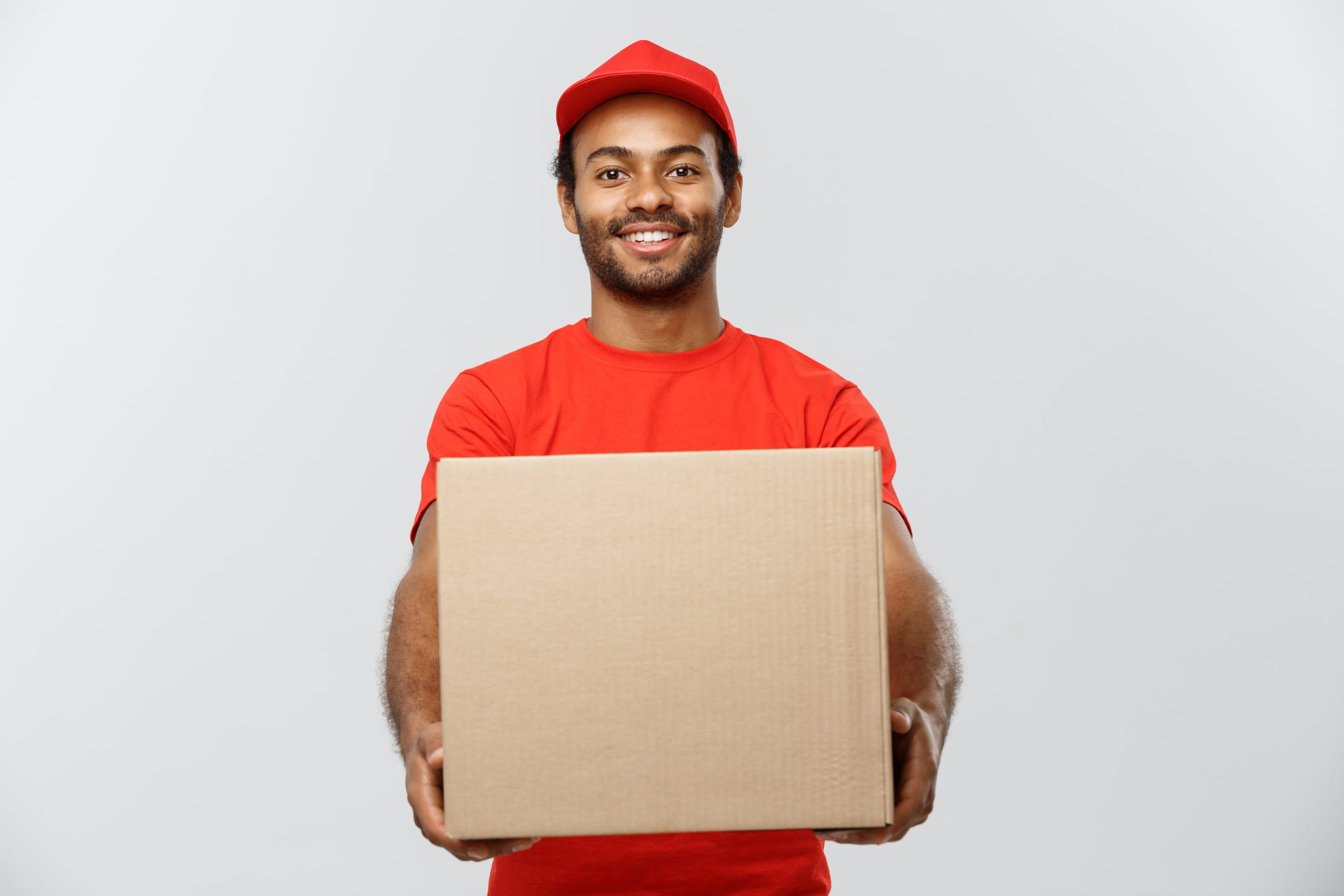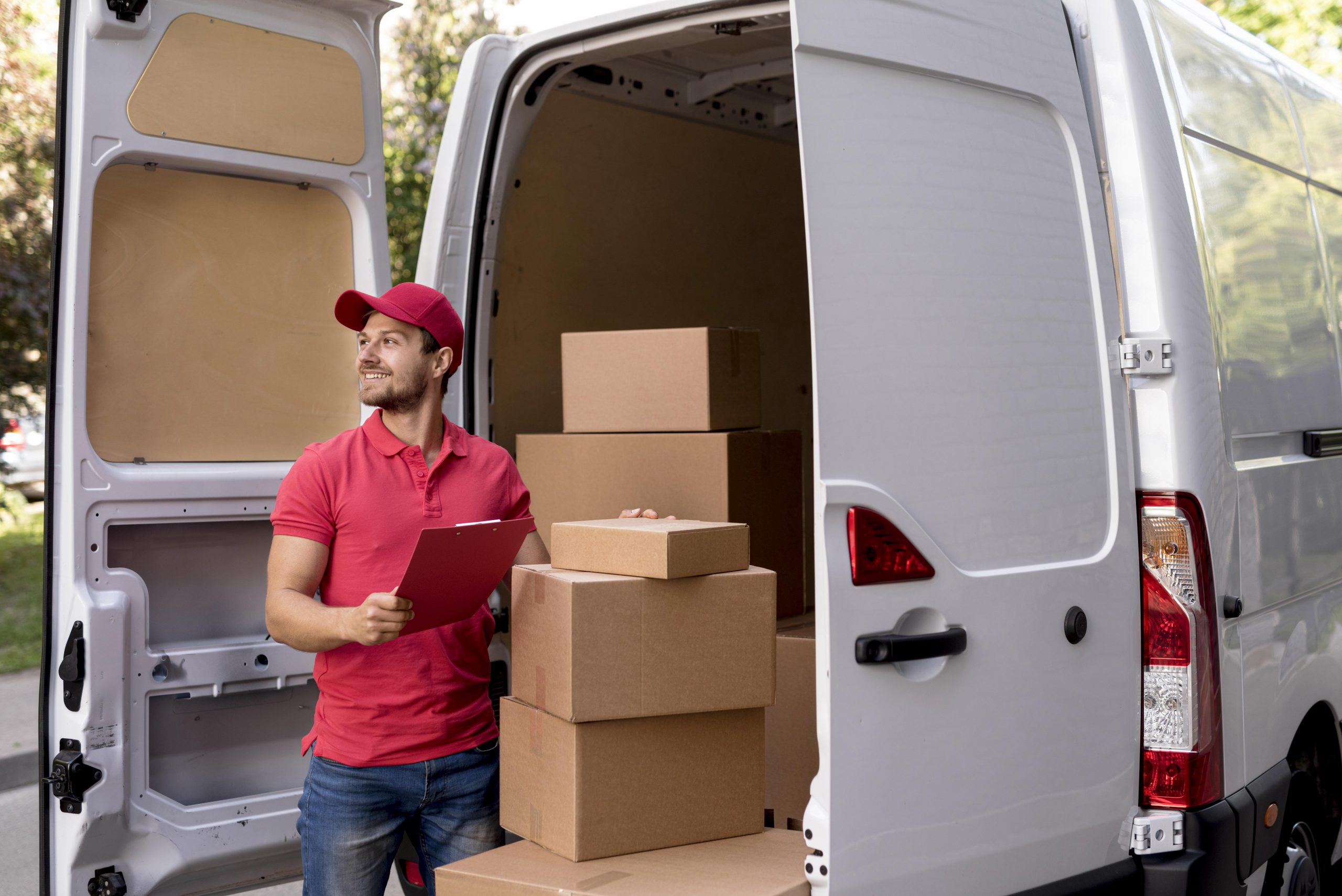E-commerce companies are continuously seeking a way to improve the effectiveness of the delivery process from bulk shipping with shipping containers for sale to customers’ hands. Last-mile delivery plays a significant role as the final part of the shipment process. Consumers often urge for an instant and rapid delivery process with a lower cost, and it becomes a challenge for the supply chain companies to fulfill this demand while keeping the businesses sustainable.
What is Last Mile Delivery?

When it comes to customer satisfaction, last-mile delivery greatly determines the results. The faster the delivery process to the receiving end, the more satisfied the customers will get. When clients receive their requested goods on schedule, last-mile delivery significantly affects how happy they are. The route taken by goods from a transportation hub to the customer’s hands is known as “last-mile delivery.”The goal of last-mile logistics is to get products from the distribution warehouse to the end customer as efficiently as possible. Shipping from a distribution facility to the end users is the final and most crucial step. Last-mile delivery, often known as “last-mile logistics,” is the cornerstone of carriers’ profitable growth.
Challenges
Last-mile delivery comes with its own challenges that hinder it from functioning effectively. Those challenges cover these points:
inadequate transparency
The main requirement for ensuring client loyalty is transparency regarding the delivery processes. The location of their packages and the anticipated delivery time must be fully disclosed to the customer.
Costly deliveries
Last-mile delivery is frequently expensive for both customers and businesses, and it can be costly for enterprises to set up the necessary infrastructure to ensure on-time deliveries. Due to high shipping costs, the rate of client cart abandonment increases in e-commerce companies. Research shows that when faced with an additional shipping fee, 55% of customers abandon their shopping carts.
Delayed deliveries
One of the major issues facing shipping and delivery companies is making deliveries on time. Businesses incur costs when they don’t adhere to deadlines. The answer is in developing a system for route planning and maintaining openness and seamless communication at all levels.
Improper route planning
Route planning can be complex and difficult for novices because there are so many factors to consider. Poor route design causes delivery to be delayed, which increases customer annoyance and raises expenses. This problem can be resolved through efficient route optimization. It improves the predicted time of arrival and lowers the costs associated with late delivery
Solutions
To solve problems caused by setbacks in last-mile delivery, here are some applicable solutions to improve last-mile delivery process:
Organize and centralize logistics records
Centralized and well-organized data in logistics may offer a wealth of knowledge to facilitate rapid decision-making and assist in understanding the finer points of last-mile delivery for bringing constant improvements in efficiency and speed. To choose the best delivery routes and improve the distribution strategy, data analytics can be used.
Stores Nearby Act As Distribution Centers
Shippers can work together with local small businesses to execute the final delivery of their goods. Because the employees working in these stores are more familiar with the local topography, their time is wisely spent getting the items to the customers quickly and safely.
Advanced route planning
It is required to reroute the delivery vehicle following an unexpected circumstance. Additionally, it’s important to keep track of which delivery vehicle will finish its route so that you can get ready for additional trips later in the day or week.
Live monitoring
The tracking of shipments and drivers is a useful feature for both merchants and end users. They can find out the exact position of the driver and the estimated time of order delivery. Online solutions are crucial to the efficient last-mile delivery process since they may be used to track the drivers transporting the packages. Distributors have access to drivers’ precise locations thanks to the real-time tracking capability. In the event that a driver deviates from the planned course, alerts may be automatically sent.
Conclusion
Last-mile delivery carries a critical part on the overall success of the shipping process. However, it comes with setbacks such as inadequate transparency, costly and delayed deliveries, and ineffective route planning. As technology fastly advances, several solutions emerge to improve the process such as organizing records, cooperating with small stores, advanced route planning, and real-time monitoring for customers’ transparency.


